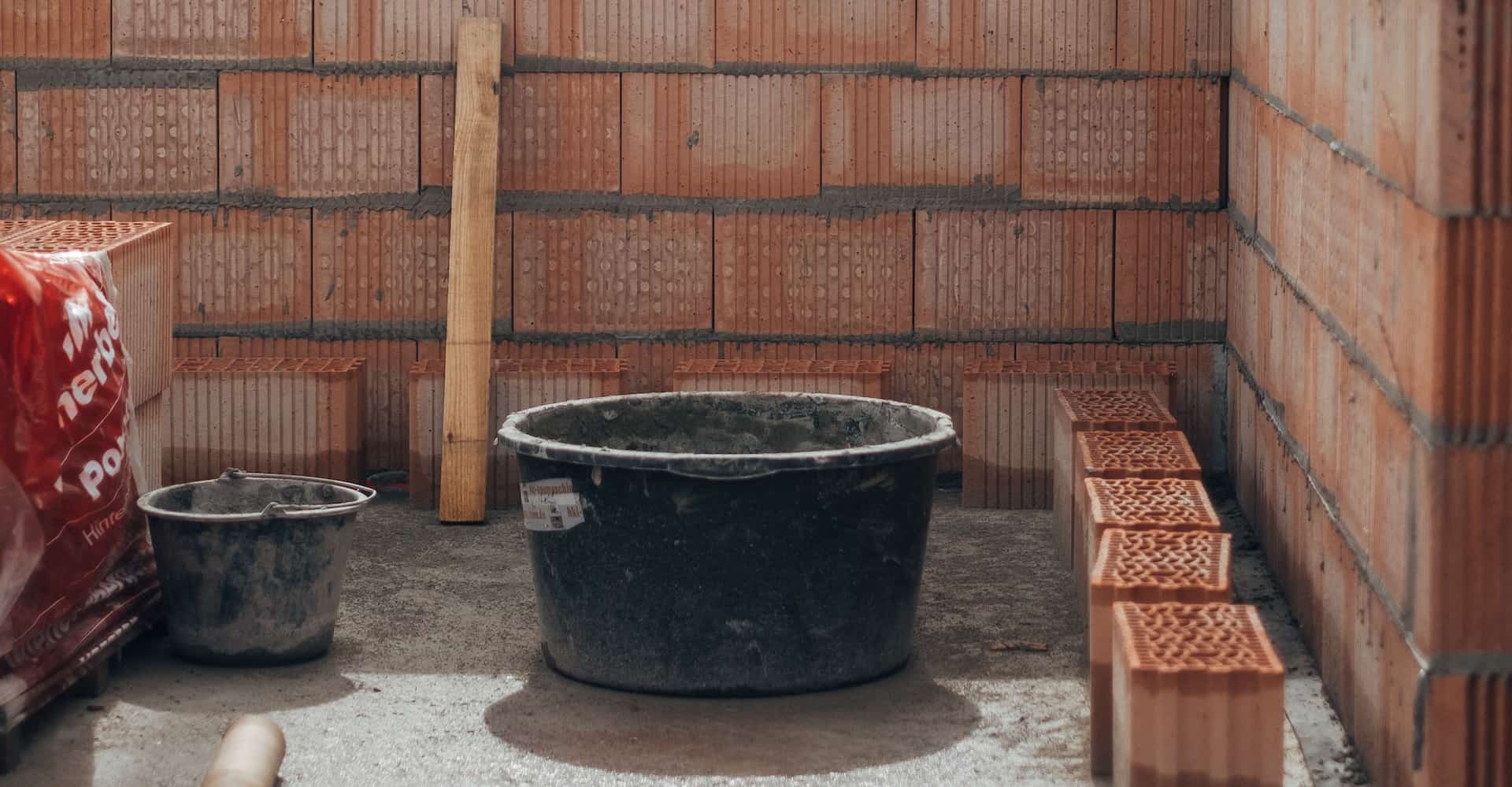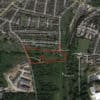On Tuesday, the updated National Policy Planning Framework was discussed in Parliament, with Isle of Wight MP, Bob Seely asking whether the new rules would allow for Island’s separated by water to apply for exceptional circumstances in relation to housing targets.
Currently the Government want a minimum of 750 houses to be built on the Island each year. In the council’s Draft Island Planning Strategy, has target has been reduced to 460 – however, many people would like to see it lower still.
The Minister replied to Mr Seely by referring to a footnote to paragraph 61, which uses the following as an example:
Areas that are islands, with no land bridge, that have a significant proportion of elderly residents.
He added,
“That sounds very much like the Isle of Wight.”
Jordan: We need to fully understand what it means
The news has been welcomed by the leader of Isle of Wight council (IWC), Councillor Phil Jordan, who told News OnTheWight that it formalises what the IWC have been doing already,
“The announcement about the potential availability of Exceptional Circumstances as a basis for defining our housing numbers in the Island Plan is very welcome, although we need to fully understand what it means.
“On the face of it, the approach suggested in the new National Planning Policy Framework (NPPF) simply formalises what we have been doing already, which has so far enabled us to lower the proposed annual number of houses to be built from 750 to 460.
Jordan: Already asked for detailed legal advice
The council leader went on to add,
“It is not clear yet whether the newly framed wording in the NPPF has any additional impact. As such we have already asked for detailed legal advice on the latest NPPF guidance and changes and how they might impact the Council’s current proposals.
“The grounds set out in the NPPF identify a wide range of circumstances and some of these have the potential to increase the housing number if they are to be used.”
Island Plan
Recommendations on the draft Island Planning Strategy (DIPS) – which is five years in the making – are due to go to the January Full Council meeting for approval
Councillor Jordan added,
“We must also be conscious of other announcements made yesterday (Tuesday 19th December) compelling local authorities to bring forward Local Plans without delay.
“The current Plan has resulted from five years work and has so far cost the Council around £750,000. A new plan will take around 18 months to deliver using a different method of calculations and might cost a similar amount again to develop.
“We must be careful and act responsibly if we are to take a different route. That route may mean that the Island Plan process could be started again. I am confident that Cabinet will take all of this into account, be legally informed and make the right decisions with any new information to hand as it recommends to Full Council – who will be making the final decision – on adoption of the Plan. The Alliance have always said they are prepared to listen to other views and take those into account and this is very much the case where this will apply.”





